A picture-perfect country house tucked away in its own secret valley, with land, a pool and an exquisite verandah
Penny Churchill enjoys the delights of the Swathgill Estate in North Yorkshire.
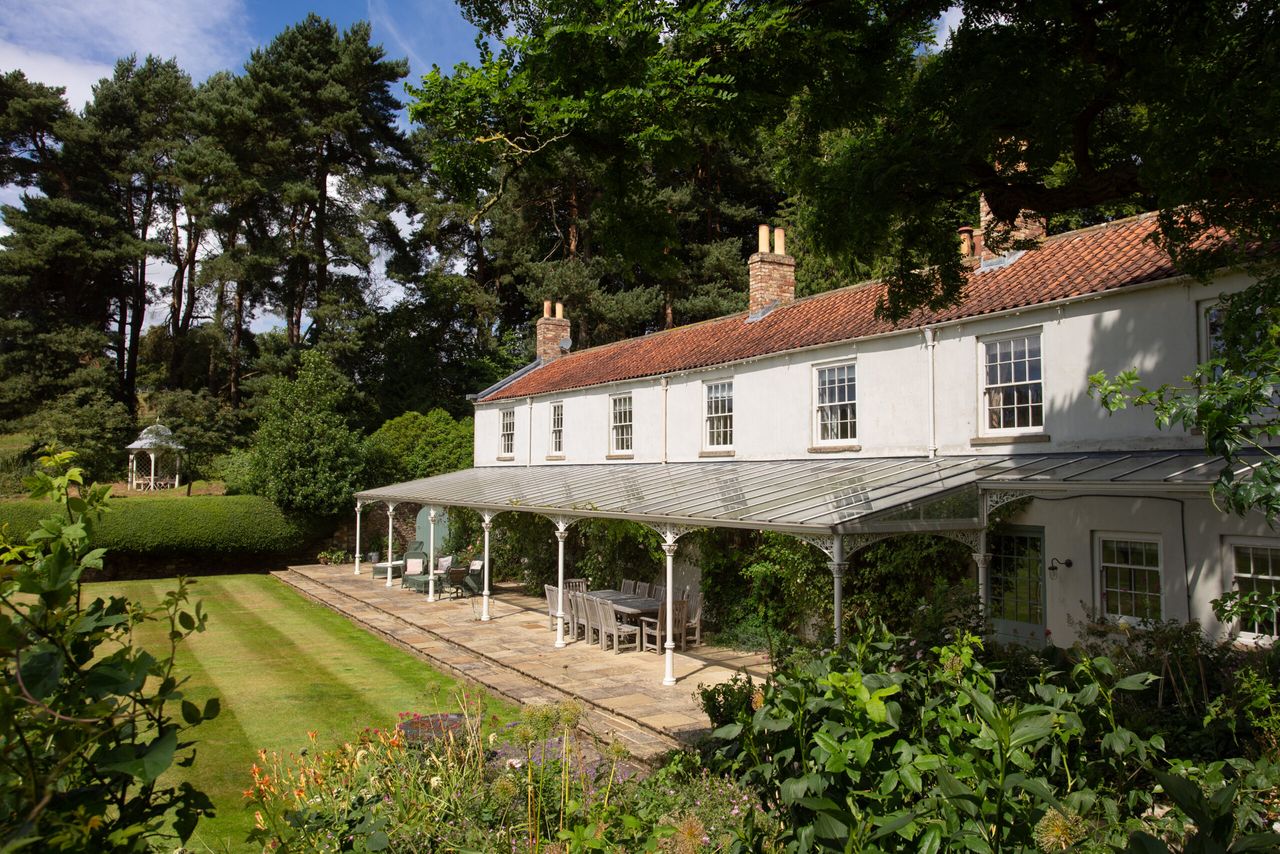

It seems odd to describe a 211-acre estate as ‘tucked away’, but a secluded location in a hidden valley really justifies the description in the case of the Swathgill Estate.
The valley and estate in question lie at Coulton, between Hovingham and Brandsby within North Yorkshire’s scenic and much sought-after Howardian Hills National Landscape. This picturesque estate, 2½ miles from Hovingham, is for sale through Andrew Black of Savills in York at a guide price of £7 million.
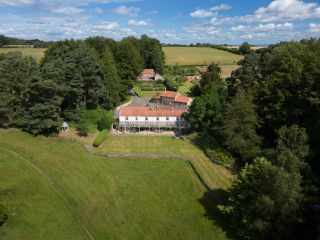
It’s not the first time in recent years that such a place has come up for sale: the estate lies between Potter Hill Farm at Coulton and Valley Farm at Gilling East — both sold in recent years at guide prices of £10m and £8m, respectively.
Built of the local stone with rendered and painted walls under a pantile roof, Swathgill stands centrally within its land, with the well-proportioned principal rooms all facing south.
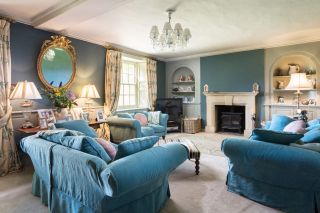
It offers more than 6,000sq ft of beautifully modernised and maintained family accommodation, including a large reception hall, three main reception rooms, an impressive kitchen/breakfast room and seven/eight bedrooms; a particular feature is the full-length covered verandah.
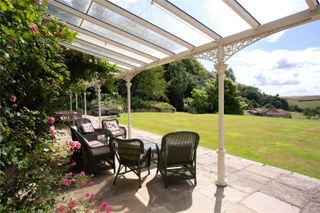
In addition, there’s a two-bedroom detached cottage, a leisure complex comprising a heated indoor-pool area converted from a range of traditional brick and stone buildings (the subject of a CLA award), gym and cinema room, plus a set of farm buildings ideally placed for those with livestock or equestrian interests.
According to the Victoria County History, Robert Worsley, son of Sir Robert Worsley of Hovingham Hall, sold the manor of Coulton to Nicholas Fairfax of Gilling in 1564, after which it descended with the manor of Gilling, eventually passing to Hugh Charles Fairfax-Cholmeley, who inherited the Brandsby estate in April 1889.
Sign up for the Country Life Newsletter
Exquisite houses, the beauty of Nature, and how to get the most from your life, straight to your inbox.
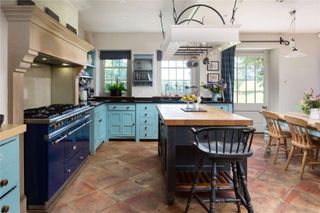
By then, the traditional order of landed gentry was breaking down and, for agriculture, the years 1888 to 1914 were mainly years of depression, when income from land declined dramatically. Fairfax-Cholmeley broke the mould of the traditional squire by instigating a number of cooperative ventures and agricultural reforms in and around Brandsby, even after the break-up of his estate in 1912.
Still known as ‘the last squire of Brandsby’, in 1926, Fairfax-Cholmeley commissioned the Arts-and-Crafts architect Alfred Powell to build Swathgill House around the core of a Georgian farmhouse and to plan the gardens; a year later, he and his family moved in.
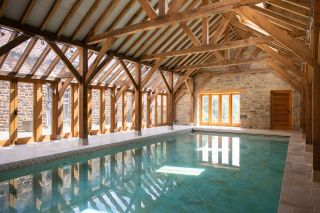
By 1935, his son, Richard, was managing the in-hand farms at Swathgill, Valley Farm and Snargate Farm. In 1939, still plagued by financial problems, Fairfax-Cholmeley decided to let Swathgill House and live at Snargate Farm House, but this plan was never implemented and Snargate Farm House was sold instead. Fairfax-Cholmeley died at Swathgill a year later, aged 76, after which the estate was sold.
The ring-fenced land, which borders the council highway to the north, comprises some 62 acres of arable, whereas the south-facing land, comprising some 108 acres of permanent grass and rough grazing, falls gradually from 460ft above sea level to 246ft on the beck side of the southern boundary.
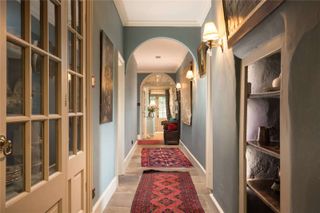
The woodland, running to some 27 acres in all, is a mix of broadleaf, conifer and sessile oak underplanted with bluebells — a spectacular sight in the spring. There is also the potential to reinstate a small private shoot, thanks to sporting rights owned over an additional 23 acres.
The Swathgill Estate is for sale at £7m — see more pictures and details.
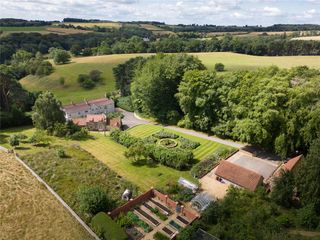
-
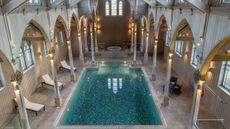 If heaven is on earth, it might be in this home with a converted chapel that is now a swimming pool
If heaven is on earth, it might be in this home with a converted chapel that is now a swimming pool5 Wood Barton Town House is part of an exclusive 80-acre development in Devon that also comes with fishing rights on the River Avon and four bedrooms.
By James Fisher Published
-
 An Italian-inspired recipe for lemon-butter pasta shells with spring greens, ricotta and pangrattato
An Italian-inspired recipe for lemon-butter pasta shells with spring greens, ricotta and pangrattatoSpring greens are just about to come into their own, so our Kitchen Garden columnist reveals exactly what to do with them.
By Melanie Johnson Published
-
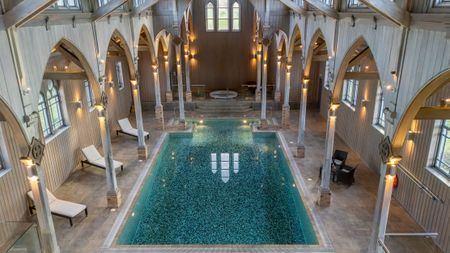 If heaven is on earth, it might be in this home with a converted chapel that is now a swimming pool
If heaven is on earth, it might be in this home with a converted chapel that is now a swimming pool5 Wood Barton Town House is part of an exclusive 80-acre development in Devon that also comes with fishing rights on the River Avon and four bedrooms.
By James Fisher Published
-
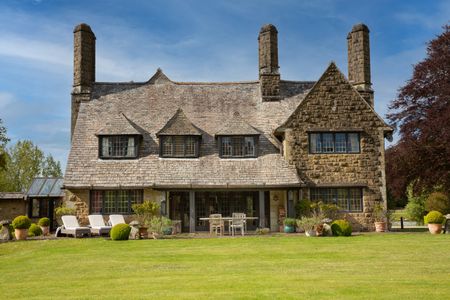 The sounds of spring and stained glass in an Arts-and-Crafts masterpiece in Dorset
The sounds of spring and stained glass in an Arts-and-Crafts masterpiece in DorsetWith 35 acres, more than 10 bedrooms, a swimming pool and tennis court, Winterfield has it all.
By James Fisher Published
-
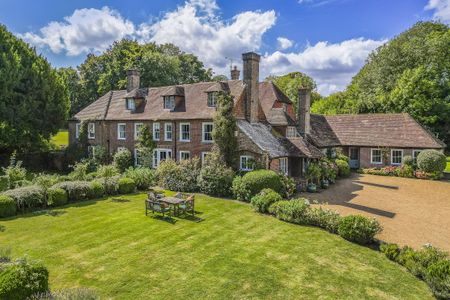 An eight-bedroom wonder in East Sussex where the outdoors are an adventure
An eight-bedroom wonder in East Sussex where the outdoors are an adventureThe interiors of Old Middleton are pretty good too.
By Arabella Youens Published
-
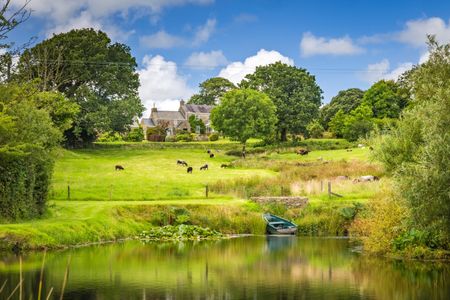 A lakeside farmhouse on the market in the beautiful heart of Pembrokeshire
A lakeside farmhouse on the market in the beautiful heart of PembrokeshireA lake, streams, 15 acres and five bedrooms. Rogershook might have it all.
By James Fisher Published
-
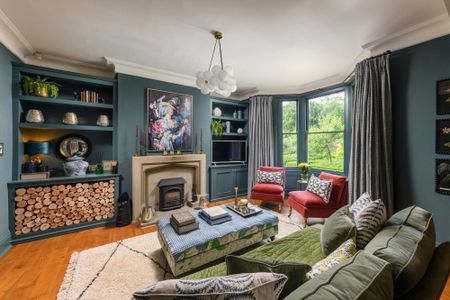 An idyllic countryside home that's light, spacious and comes with a Grade II-listed folly
An idyllic countryside home that's light, spacious and comes with a Grade II-listed follyHagg House is a gorgeous family home that just happens to have a miniature castle in the gardens. Annabel Dixon explains more.
By Annabel Dixon Published
-
 A historic villa for sale on the Via Nomentana worthy of Rome's rich history
A historic villa for sale on the Via Nomentana worthy of Rome's rich historyThree floors, lots of balconies, and a private garden in one of Rome's loveliest neighbourhoods.
By James Fisher Published
-
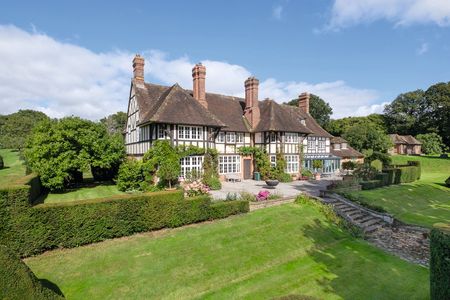 Eight bedrooms of unlisted Edwardian elegance with sweeping views of Somerset
Eight bedrooms of unlisted Edwardian elegance with sweeping views of SomersetAshton House sits near the market town of Chard and comes with a wealth of amenities both inside and out.
By Arabella Youens Published
-
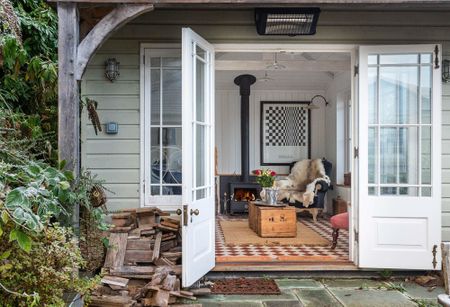 A waterside cottage in Devon with a private quay, idyllic views and the prettiest summerhouse we've seen in years
A waterside cottage in Devon with a private quay, idyllic views and the prettiest summerhouse we've seen in yearsRight beside the picturesque Yealm Estuary, No 1 Noss Mayo is an idyllic home that feels like an escape from the world. Annabel Dixon takes a look.
By Annabel Dixon Last updated

